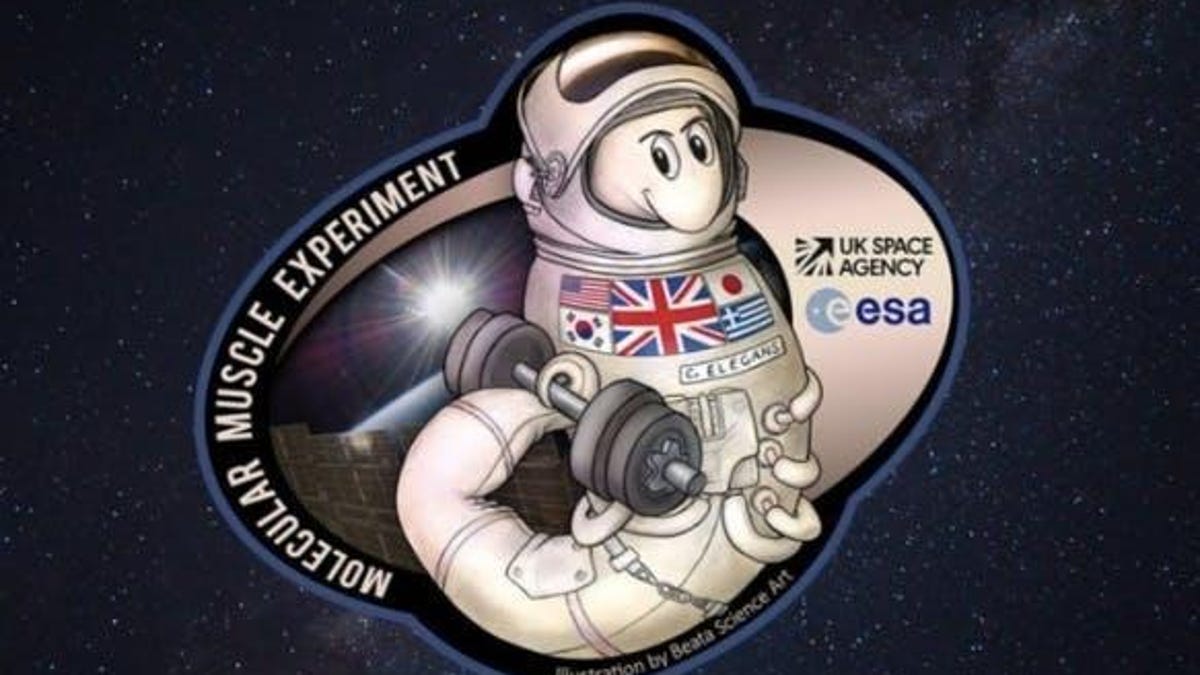We're sending worms into space
This is Major Worm to Ground Control: I'm wriggling through the door, and I'm floating in the most peculiar way.

We're sending worms to space.
A payload of hundreds of Caenorhabditis elegans is headed to the International Space Station as part of the United Kingdom Space Agency's "Molecular Muscle Experiment", the agency announced Tuesday. It's the first UK-led experiment to take place on the ISS and aims to give a better understanding of how spaceflight contributes to muscle loss.
Three British universities -- Exeter, Nottingham and Lancaster -- are collaborating on the project with the UK Space Agency and the European Space Agency and it is hoped that learning more about muscle loss in space can contribute to better understanding muscle disease down here on Earth.
"The Molecular Muscle Experiment will provide knowledge that will benefit our understanding of muscle ageing and help to improve life on Earth," said Libby Jackson, program manager of human spaceflight an microgravity at the UK Space Agency.
C elegans was the first multicellular organism to have its entire genome mapped and it has been used for decades as a model organism because it is cheap, experimentation is easy and the gestation period is short. It also helps that you can see basically every cell in the animal's transparent body when you look at it under a microscope. They're a powerful research tool.
"They are very small, quick to grow, cheap and easy to maintain. It makes them good to work with," said Tim Etheridge, a senior lecturer at Exeter University.
One of the greatest challenges in space is maintaining muscle mass, with astronauts losing up to 40 percent of their muscle after just six months in space. Muscles begin to deteriorate if they are not used and they rely on the effects of gravity. In microgravity, the biological processes that usually take place are altered. Studies have connected prolonged spaceflight with age-related problems in the past -- and that's why the worms may not only help with age-related illness, but also enable us to one day counteract the effects of prolonged spaceflight.
C. elegans is arguably a much more seasoned spacefaring species than our own, with hundreds of worms visiting space since the early 2000s. Notably, they've regularly contributed to our expanding knowledge of physiology in space. In 2008, a team of NASA scientists showed that spaceflight may have some positive consequences on aging, and in 2012, a Japanese research group showed that some genes associated with aging were down-regulated in C. elegans when the worms were up in space.
I hope that the critters are happy to contribute to our understanding of the human body though. As Shakespeare once wrote, "even a worm will turn." That's not the kind of B-movie horror plot I want to see come to life.
(OK, I kind of do.)
Taking It to Extremes: Mix insane situations -- erupting volcanoes, nuclear meltdowns, 30-foot waves -- with everyday tech. Here's what happens.
Tech Enabled: CNET chronicles tech's role in providing new kinds of accessibility.

